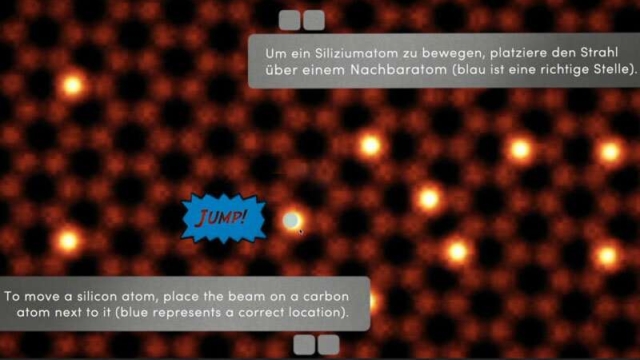
Exploring the science of complexity series (part 9): Unpacking complexity science – Key concepts and implications for international aid
This article is part 9 of a series of articles featuring the ODI Working Paper Exploring the science of complexity: Ideas and implications for development and humanitarian efforts.
[The next 10 articles in this series present] … the 10 key concepts of complexity science. Over the course of the … [10 articles] each concept is described, its relevance to social economic and political contexts established, and key implications for international development and humanitarian efforts highlighted.The three sets of complexity science concepts are as follows:
Complexity and systems: These first three concepts relate to the features of systems which can be described as complex:
- Systems characterised by interconnected and interdependent elements and dimensions are a key starting point for understanding complexity science.
- Feedback processes crucially shape how change happens within a complex system.
- Emergence describes how the behaviour of systems emerges – often unpredictably – from the interaction of the parts, such that the whole is different to the sum of the parts.
Complexity and change: The next four concepts relate to phenomena through which complexity manifests itself:
- Within complex systems, relationships between dimensions are frequently nonlinear, i.e., when change happens, it is frequently disproportionate and unpredictable.
- Sensitivity to initial conditions highlights how small differences in the initial state of a system can lead to massive differences later; butterfly effects and bifurcations are two ways in which complex systems can change drastically over time.
- Phase space helps to build a picture of the dimensions of a system, and how they change over time. This enables understanding of how systems move and evolve over time.
- Chaos and edge of chaos describe the order underlying the seemingly random behaviours exhibited by certain complex systems.
Complexity and agency: The final three concepts relate to the notion of adaptive agents, and how their behaviours are manifested in complex systems:
- Adaptive agents react to the system and to each other, leading to a number of phenomena.
- Self-organisation characterises a particular form of emergent property that can occur in systems of adaptive agents.
- Co-evolution describes how, within a system of adaptive agents, co-evolution occurs, such that the overall system and the agents within it evolve together, or co-evolve, over time.
Each of these concepts is described in more detail in … [the next 10 articles]. We have illustrated the concepts with pertinent examples from social, economic and political spheres, wherever possible drawing specifically from development and humanitarian work.
Next part (part 10): Concept 1 – Interconnected and interdependent elements and dimensions.
Article source: Ramalingam, B., Jones, H., Reba, T., & Young, J. (2008). Exploring the science of complexity: Ideas and implications for development and humanitarian efforts (Vol. 285). London: ODI. (https://www.odi.org/publications/583-exploring-science-complexity-ideas-and-implications-development-and-humanitarian-efforts). Republished under CC BY-NC-ND 4.0 in accordance with the Terms and conditions of the ODI website.
Header image source: qimono on Pixabay, Public Domain.





